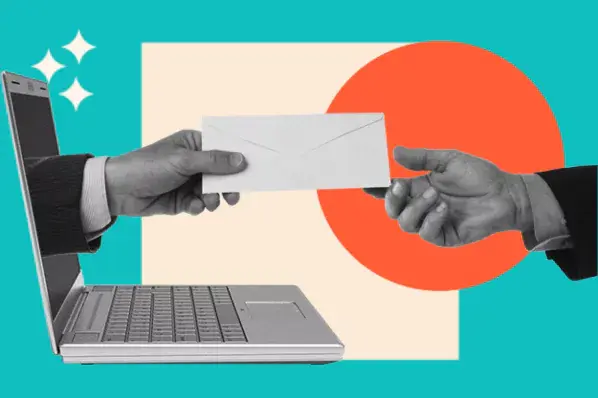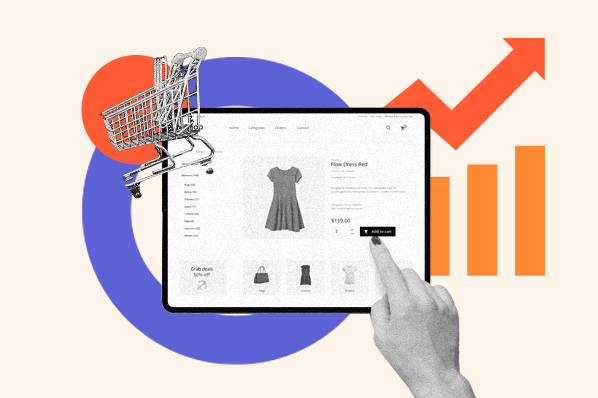What are the costs of accepting offline payment methods like checks?
The Hidden Costs Small Businesses Pay To Accept Offline Payment Methods
1. The Cash Flow Cost
Studies reveal that 82% of start-ups fail due to failing to properly manage cash flow. As a small business owner, you know how critical it is to have a handle on cash flow. But checks cause a major snag in your ability to do so. Why? They’re an offline payment method that’s inherently slow.
Checks go through an approval process and take time to clear, leaving your cash flow in limbo. And if the check wasn’t given to you in person? Factor in additional lag while it’s being mailed to you, assuming it doesn’t get lost in transit.
The payment delays associated with checks cause cash flow discrepancies and the inability to accurately determine your financial health.
How digital payments solve cash flow problems:
Digital payments are processed quickly and streamline incoming revenue for accounts receivable. You don’t need to second guess your cash flow with digital payments, because they’re recognized instantly so what you see is what you get.
Digital payments reduce cash flow discrepancies, helping small businesses thrive.
2. The Inefficiency Cost
Small business owners know more than anyone that time is money. And check payments are incredibly inefficient when you consider the following labor costs:
- Check processing
- Accounts receivable reconciliation
- Bounced check fees
In addition to spending precious resources on the above, you also have to factor late or lost checks into the equation. The “Check’s in the mail” idiom is unfortunately all too familiar to small business owners — citing late payments as a major pain point of 2023.
How digital payments solve inefficiency cost problems:
Due to inefficiencies such as late payments, 64% of CFOs say AR automation —such as accepting digital payments — is a top priority this year. Digital payments streamline AR processes and eliminate the need for manual reconciliation by triggering automatic updates to your accounting system. They also lead to greater efficiency and proper financial forecasting.
3. The Lost Opportunity Cost
Arguably the most expensive cost to accepting checks is the lost opportunity cost of not investing more into digital payments. Digital payments are the future, and also the preferred payment method of most buyers today.
In fact, a recent study by PYMNTS revealed that 95% of tech B2B buyers prefer a fully digital buying experience. And who can blame them? The traditional product SaaS purchase experience isn’t great. From cold calls to awkward negotiations, there’s not much to love.
As more B2B companies adopt a product-led growth model, they realize what a game-changer it is to hand over the keys to your prospective buyers. And the benefits don’t end once they’re customers, as embedded digital payments increase customer acquisition and engagement.
In short, investing in digital payments is not just a competitive advantage to small businesses, but is essential fostering growth longterm.
Final Thoughts: Don’t just dabble. Do digital right.
I mentioned in the intro that checks are still relevant because they’ve been the industry standard for decades. But as we’ve explored, the standard isn’t good enough anymore. Consumer expectations have shifted.
The world of digital payments is rapidly expanding. More than half of Americans used digital wallet payments (e.g. Apple or Google Pay) more frequently than traditional payments last year. Buy Now Pay Later options from PayPal to Klarna continue to grow YoY.
Small businesses looking to capitalize on digital payments should explore accepting as many as possible, since we know that lowers cart abandonment rates.
And for those customers hesitant about taking the digital leap with you? Remind them that electronic ACH is still technically a check, just a digital one.
Ecommerce




.png)

